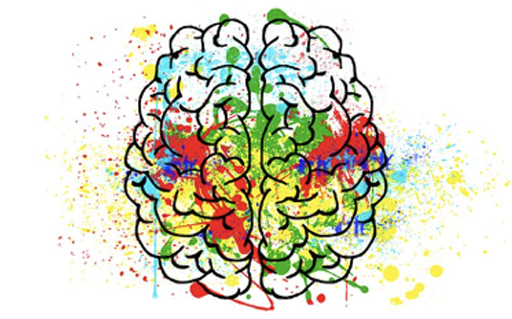4 ‘At risk’ or ‘a risk’?
Experience: that most brutal of teachers. But you learn, my God do you learn.
Risky behaviours often seem like a natural part of being a teenager or youth. As Suttie points out:
Teens take risks. Some will do drugs, drink to excess, shoplift, and worse –activities that studies show are associated with problems later in life, including depression and anxiety.
But risk-taking is part of growing up, too, helping teens to develop independence and identities – to start becoming adults. Risks help them to find out what they can do, and to gain insight into the meaning of their lives.
In many ways it should not be surprising that teens and young people are more likely to engage in risky behaviours. Recent research has shown that the human brain does not mature until around the age of 25 and moreover that different parts of the brain mature at different rates. Consequently, while for many teenagers that part of the brain dealing with pleasure seeking behaviours has already matured to an adult level, other parts of the brain which deal which decision making, attention and an awareness of future consequences remain under-developed, possibly even at the same level as a child (Eagleman, 2015, pp.14-17).
It is for this reason amongst many others, that the National Police Chiefs’ Council’s National Strategy for the Policing of Children & Young People mentioned earlier includes young people up to the age of 24. As they outline:
It has been recognised that the 18-24 year age range is a key stage of development; the brain is still developing, independence is gained, socialising activity increases, and experimentation with drugs, alcohol and sexual relationships takes place. This coincides with a time when they are most likely to come into contact with the police.
We should consequently expect a degree of risk behaviour from teenagers. There is, however, a significant difference between what might be seen as more normal risky behaviour and genuine indicators of someone being ‘at risk’.

